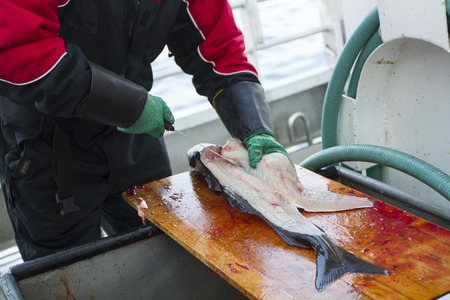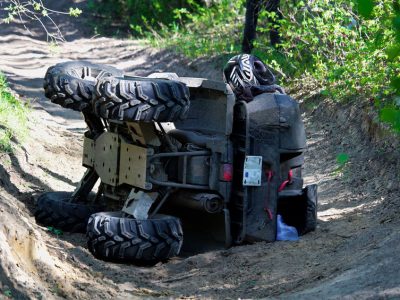

Fish Cutting Safety Tips
Many people in the Pacific Northwest fish for King Salmon, Ling-cod and Halibut in the frigid ocean waters of Alaska, British Columbia and Washington State in the summer months. Fishing is only part of the process though; fish need to be cleaned and cut into steaks or slabs before they can be eaten. Each of those steps requires the use of fish knives to cut, scrape and peel.
If you were injured in a fishing injury through no fault of your own, contact a Bellingham fishing injury lawyer as soon as you are able. The attorney can discuss your legal rights and may be able to fight for damages on your behalf.
Fish cutting safety tips
There are several things to think about when it comes to fish cutting safety; starting with the way that we carry knives (always carry knives by their handle with the blade pointed downward).
Safety tips for peeling, cutting and slicing fish:
- Protect your fingertips by curling your fingers under on the hand that’s holding the fish.
- Wear cut-resistant gloves.
- Always angle the blade away from you when peeling skin or slicing the fish.
- If you need to look up while cutting stop and wait until you can focus on the task before resuming your work.
Cleaning knives: cleaning fish knives after each use is almost as important as what you do while using the knife. Cleaning knives can prevent the spread of bacteria, extend the life of the knife and prevent knife accidents caused by dirty or slippery knives.
- Rinse off the knife after use then lay of a flat surface.
- Wipe each side with a clean wet cloth. Always wipe from the spine (back) of the blade to the front.
- Wash knife by hand in soap and hot water at the end of cleaning a set of fish.
- Dry the knife by hand with a clean towel from the spine moving toward the front.
- Never drop a sharp knife into soapy water and leave it there; someone could reach in and cut themselves.
- Do not wash knives in a dishwasher because loose knives can damage the machine’s protective coating and they could cut the person unloading the dishwasher.
Sharpening and storing your fishing knife:
- Ideally, have your fishing knives professionally sharpened before the start of fishing season each year. Sharp knives require less pressure than dull knives and are therefore less likely to slip and cause a knife accident.
- If you plan to sharpen fish knives yourself, use a sharpening stone or a sharpening steel to align a knife’s edge after daily wear:
- Hold the blade edge at about a 20-degree angle from the blade; keep the sharp edge pointed away from you.
- Gently draw the blade along the steel with a few light pressure strokes.
- Flip to the other side and repeat.
- Avoid scraping fish off of a cutting board as it will dull the knife. Instead, use the back edge of the knife to scrape fish debris.
- Never use a fish knife as a substitute bottle opener or screw driver.
- Avoid cutting on porcelain, glass or metal surfaces as it will dull the knife.
- Store the knives on a wall-mounted magnet strip, in a dedicated tray or container, a knife rack or a wood knife block.
If you or a loved one is dealing with an accident or injury, you have enough on your plate. Let an experienced accident attorney fight for the full compensation that you deserve. It is not uncommon to receive a settlement from the insurance company that is five to ten times bigger with the help of a lawyer. Call the caring accident attorneys at Tario & Associates, P.S. in Bellingham, WA today for a FREE consultation! We have been representing residents of Whatcom County, Skagit County, Island County and Snohomish County since 1979. You will pay nothing up front and no attorney fees at all unless we recover damages for you!




